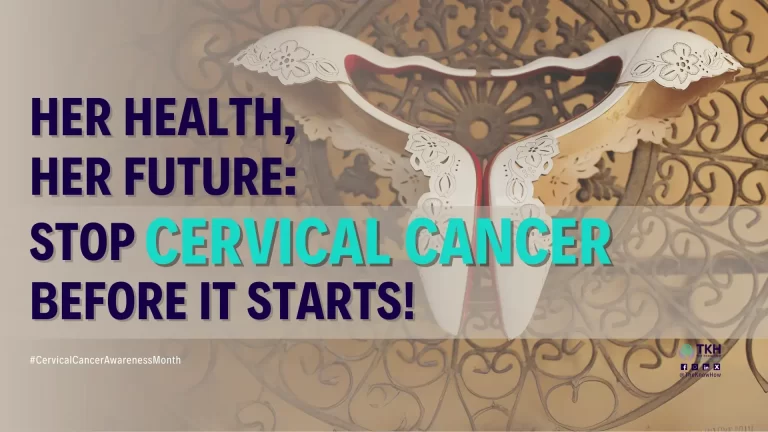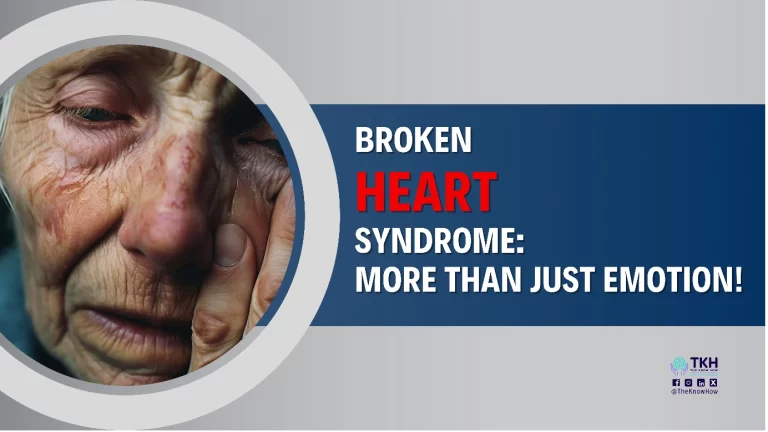
What gets measured gets managed — your blood pressure is no exception.
TheknowHow
According to the World Health Organization, over 1.28 billion adults worldwide aged 30–79 years have hypertension, but nearly half of them are unaware of their condition. Regular monitoring can help reduce the risk of severe complications and death
Understanding Hypertension: What You Need to Know?
Blood pressure is the force of blood pushing against the walls of your arteries. It’s measured in two numbers: Systolic (the upper number): the pressure when your heart beats, and Diastolic (the lower number): the pressure when your heart is at rest between beats
According to the World Health Organization (WHO) and the American Heart Association (AHA), hypertension is diagnosed when:
Systolic pressure is 140 mm Hg or higher, and/or
Diastolic pressure is 90 mm Hg or higher
Why Monitoring Blood Pressure Matters for Your Health
Uncontrolled hypertension can lead to serious health complications, including:
- Heart disease and heart failure
- Stroke
- Kidney failure
- Vision loss
- Cognitive decline
- Early death
The problem is that many individuals live with high blood pressure for years without knowing it. This means they miss the chance to take early steps to protect their health.
People Most at Risk for Hypertension
Some key risk factors for developing hypertension include:
- Family history
- Age (especially over 40)
- Obesity or being overweight
- High salt intake
- Physical inactivity
- Smoking and excessive alcohol consumption
- Chronic stress
- Coexisting conditions like diabetes or kidney disease
Is hypertension treatable?
Yes. Once identified, hypertension can often be managed successfully through:
- Lifestyle changes (healthy diet, physical activity, reduced salt intake, weight management)
- Stress reduction
- Smoking cessation
- Limiting alcohol
- Medication when necessary
Early diagnosis and treatment are crucial in preventing complications.
Regular blood pressure checks, even when you feel healthy, are key to staying ahead of the risks.
The American Heart Association emphasizes that blood pressure should be checked at least once every two years if it’s normal, and more frequently if you’re at risk (AHA Guidelines).
Takeaway:
Checking your blood pressure is a simple, painless act, but it can save your life.
Don’t wait for symptoms, make it part of your routine, and encourage others to do the same.
If you’ve been diagnosed with high blood pressure or want a second opinion on your condition, our TKH team is here to support you with trusted, expert medical insights.
AI in Healthcare – Promises and Risks
Purple Lights for #WorldPancreaticCancerDay!
AMR- Act Now: Protect Our Present, Secure Our Future!
Quality Care: Doing the Necessary, Reducing Waste
Lung cancer
Reaching the Last Child – Together We End Polio Forever
World Arthritis Day – Understanding, Preventing, and Managing Joint Pain
World Mental Health Day 2025: When Crises Strike, Mental Health Must Not Be Left Behind
Memorable Cardiology Quotes
Don’t Miss a Beat: Protect your heart!
Polycystic Ovary Syndome (PCOS): Know the signs, take action!
Related Posts
- World Hypertension Day
World Hypertension Day, marked on May 17th, raises global awareness about the importance of monitoring…
- Cord Blood Banking
Cord blood banking is a forward-thinking healthcare option that allows families to preserve the stem…
- World Health Day 2024 - My Health, My Right!
World Health Day 2024 highlights everyone’s basic right to health, advocating access to safe water,…







